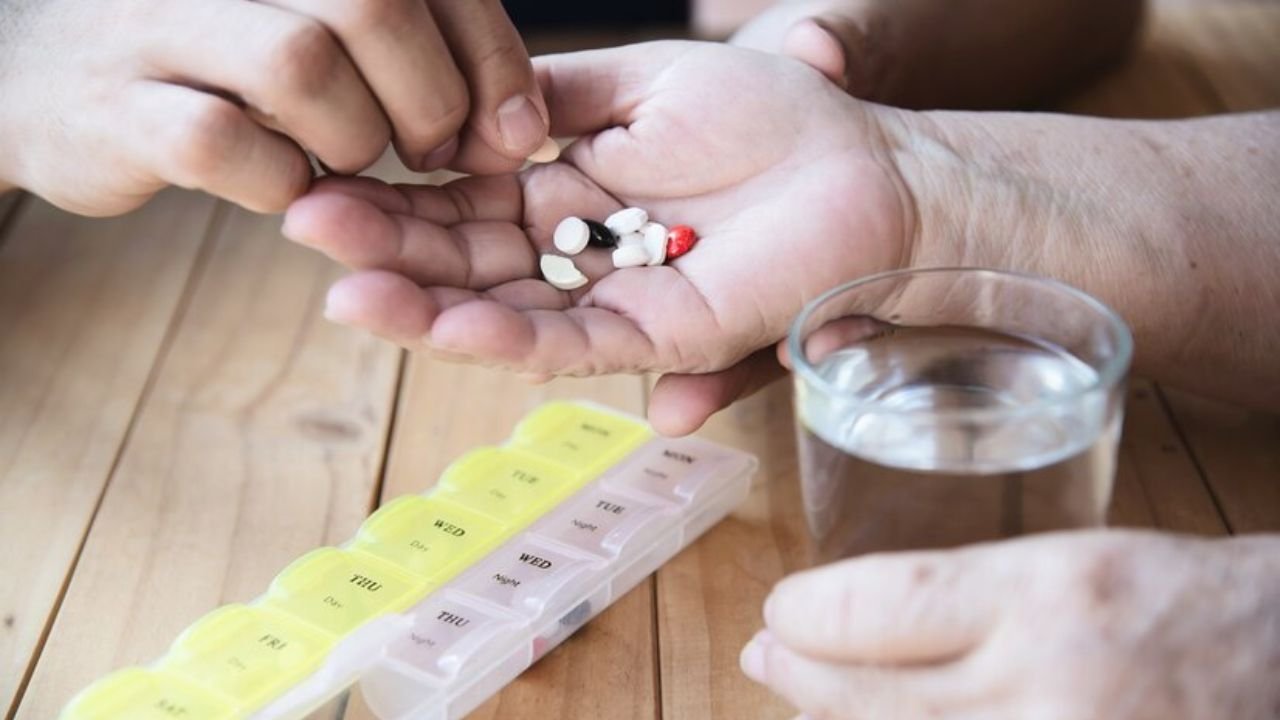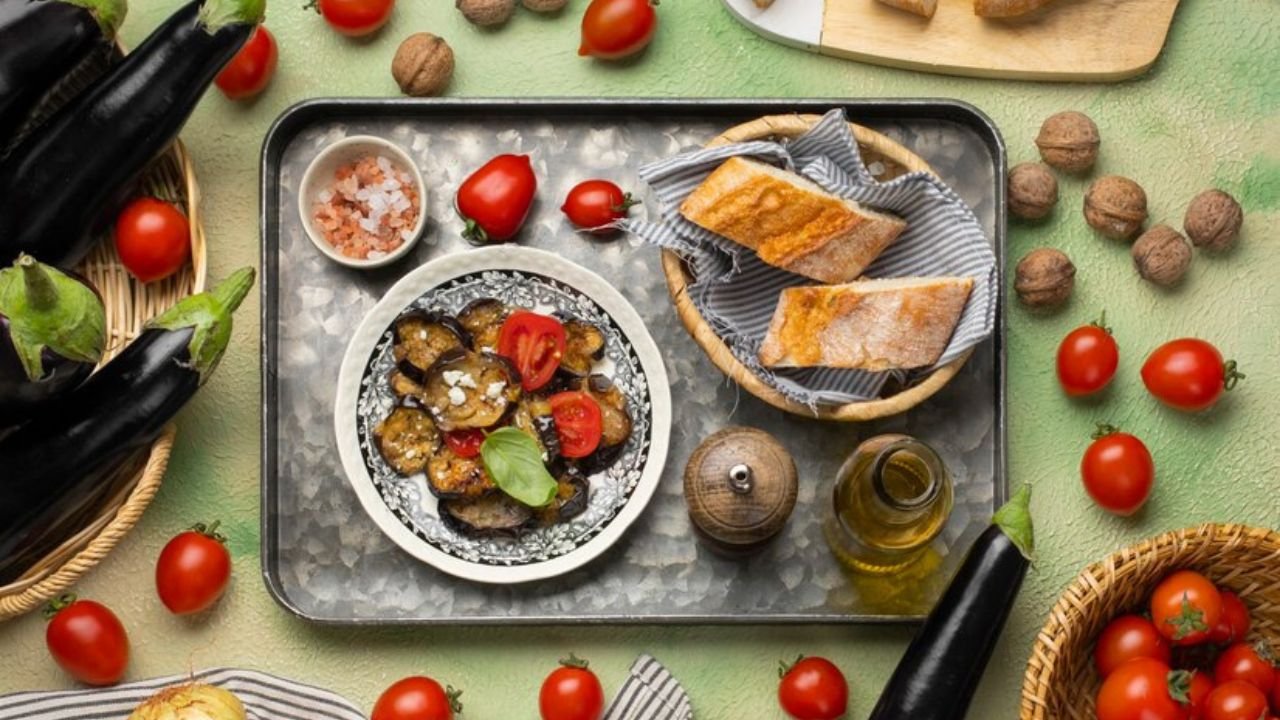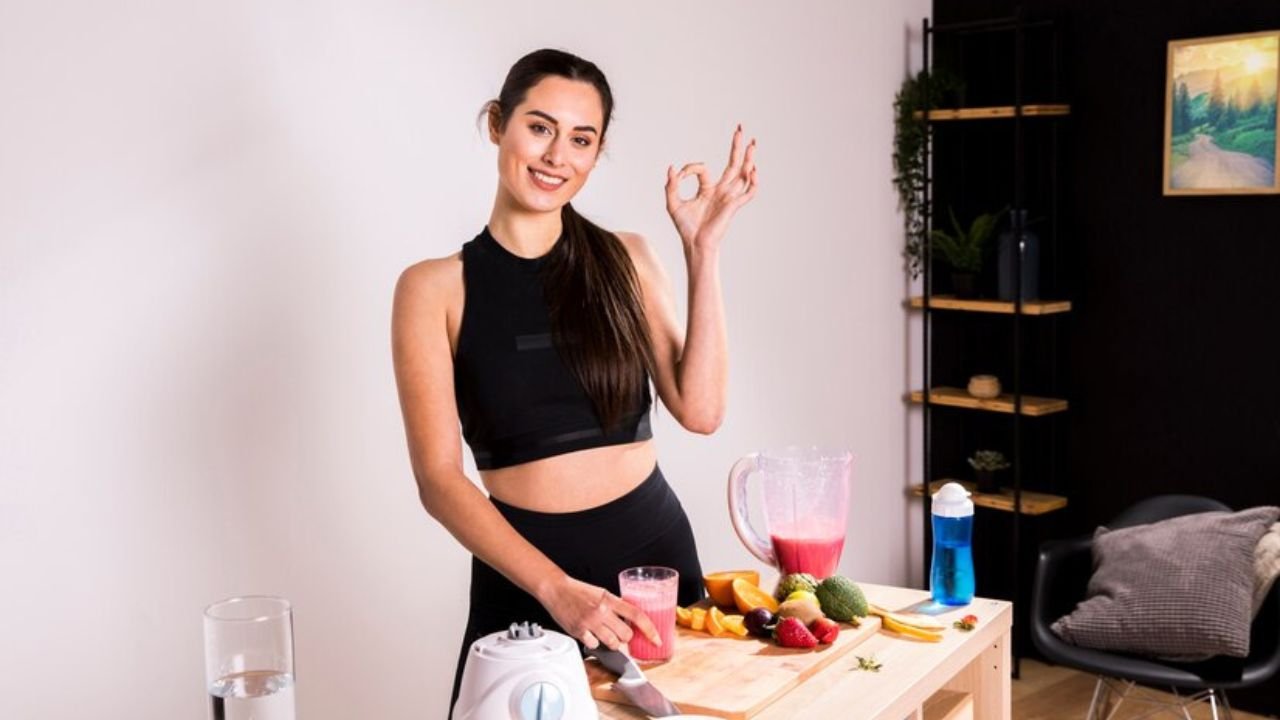Are pesky blisters putting a damper on your day? Say goodbye to the discomfort of Blisterata with our comprehensive guide! Whether you’re an avid hiker, a runner pounding the pavement, or just looking for ways to keep your feet happy and healthy, we’ve got you covered. Dive into tips for proper care, prevention strategies, and even some soothing home remedies. Let’s kick those blisters to the curb and put your best foot forward!
Understanding Blisterata and its Causes
Have you ever wondered why blisters seem to pop up at the most inconvenient times? Blisterata, also known as those annoying fluid-filled bumps on your skin, can be caused by friction or pressure. When your skin is repeatedly rubbed against something (like ill-fitting shoes or rough socks), it can create a blister as a protective response.
The outer layer of your skin, called the epidermis, separates from the underlying layers due to this friction. This separation allows fluid to fill the space between the layers, forming a blister. Blisters can also occur from burns, freezing temperatures, or chemical exposure.
Understanding what triggers these bothersome blisters is key to preventing them in the future. So let’s delve deeper into how we can tackle Blisterata head-on and keep our feet happy and blister-free!
Proper Care for Existing Blisters
Experiencing the discomfort of existing blisters can be quite bothersome, but proper care can help alleviate the pain and prevent further complications. When dealing with a blister, it is crucial to avoid popping it as this can increase the risk of infection. Instead, gently clean the area with mild soap and water, then cover it with a sterile bandage to protect it from friction.
If the blister breaks on its own, wash the area carefully and apply an antibiotic ointment before covering it with a bandage. Avoid wearing tight-fitting shoes or socks that may rub against the blistered area as this can prolong healing time. Opt for open-toed shoes or sandals if possible to allow adequate airflow around the affected area.
Changing your socks regularly and keeping your feet dry can also promote faster healing. Remember to monitor the blister for any signs of infection such as increased redness, swelling, or pus discharge. As always, consult a healthcare professional if you have concerns about proper care for existing blisters.
Tips for Preventing Blisters
Preventing blisters can save you from the discomfort they bring. One tip is to wear moisture-wicking socks that keep your feet dry and reduce friction. Properly fitting shoes are crucial; make sure there’s enough room for your toes and heels to prevent rubbing.
Another helpful strategy is to gradually break in new footwear rather than wearing them for extended periods right away. Using moleskin or blister pads on areas prone to rubbing can provide an additional layer of protection against friction.
It’s also essential to keep your feet clean and dry, especially during physical activities or long walks. Applying a lubricant like petroleum jelly on potential hot spots before exercising can help reduce friction and the likelihood of developing blisters.
Being proactive in preventing blisters by taking these simple precautions can help you stay comfortable and blister-free.
The Importance of Footwear in Preventing Blisterata
Choosing the right footwear is crucial in preventing Blisterata. Ill-fitting shoes can lead to friction and rubbing against the skin, causing blisters to form. Opt for shoes that provide ample cushioning and support to reduce pressure on your feet.
Make sure your shoes are the correct size, with enough room for your toes to wiggle without being too loose. Avoid wearing new shoes for long periods before breaking them in, as this can increase the likelihood of blisters developing.
Moisture-wicking socks can also help keep your feet dry and reduce friction, lowering the risk of blisters. Look for socks made from synthetic materials or merino wool that will wick away sweat and prevent moisture build-up.
Additionally, consider using blister pads or moleskin on areas prone to chafing when wearing certain types of footwear. These protective measures can act as a barrier between your skin and the shoe, reducing irritation.
By prioritizing proper footwear choices that prioritize comfort and support, you can significantly decrease the chances of developing painful blisters associated with Blisterata.
Home Remedies for Treating Blisters
When it comes to treating blisters at home, there are several natural remedies you can try. One common method is using aloe vera gel, known for its soothing and healing properties. Simply apply the gel directly to the blister to help reduce pain and promote faster healing.
Another effective home remedy is tea tree oil, which has anti-inflammatory and antiseptic properties that can aid in preventing infection. Dilute a few drops of tea tree oil with a carrier oil like coconut or olive oil before applying it to the blister.
If you’re looking for a simple solution, consider soaking your feet in warm water mixed with Epsom salts. This can help alleviate discomfort and promote drying out of the blister naturally.
For those who prefer more traditional remedies, applying a paste made from crushed garlic or ginger onto the blister may also help speed up the healing process due to their antibacterial properties.
Remember, while these home remedies can be helpful, it’s essential to monitor your blisters closely and seek medical attention if they show signs of infection or do not improve with at-home treatments.
When to Seek Medical Attention
If you notice that a blister is showing signs of infection, such as increasing pain, redness, warmth around the area, or if you start to see pus draining from the blister, it’s crucial to seek medical attention promptly. Ignoring these symptoms could lead to further complications and potentially serious infections.
Additionally, if you have diabetes or any condition that affects your immune system, even small blisters should be closely monitored and evaluated by a healthcare professional. People with poor circulation are also at higher risk for complications from blisters.
In some cases, especially if a blister is very large or located in sensitive areas like the feet, seeking medical advice can help prevent unnecessary pain and discomfort. A healthcare provider can provide proper treatment and guidance on how to care for the blister effectively.
Remember that when in doubt about the severity of a blister or its accompanying symptoms, consulting with a medical professional is always the best course of action to ensure proper healing and avoid potential complications.
Conclusion
Blisterata can be a painful and inconvenient condition, but with the right care and preventative measures, you can keep those blisters at bay. By understanding the causes of blisters, properly caring for existing ones, taking preventive steps like wearing appropriate footwear, utilizing home remedies when needed, and knowing when to seek medical attention if necessary, you can effectively manage Blisterata.
Remember that prevention is key when it comes to avoiding blisters. Taking proactive steps such as breaking in new shoes gradually, keeping your feet dry and clean, using cushioned insoles or moleskin padding in problem areas, and opting for moisture-wicking socks can go a long way in preventing these pesky blisters from forming.
By staying informed on how to care for your feet and following these tips diligently, you’ll not only alleviate discomfort but also maintain healthy foot hygiene. So take the time to look after your feet – they carry you through life!





